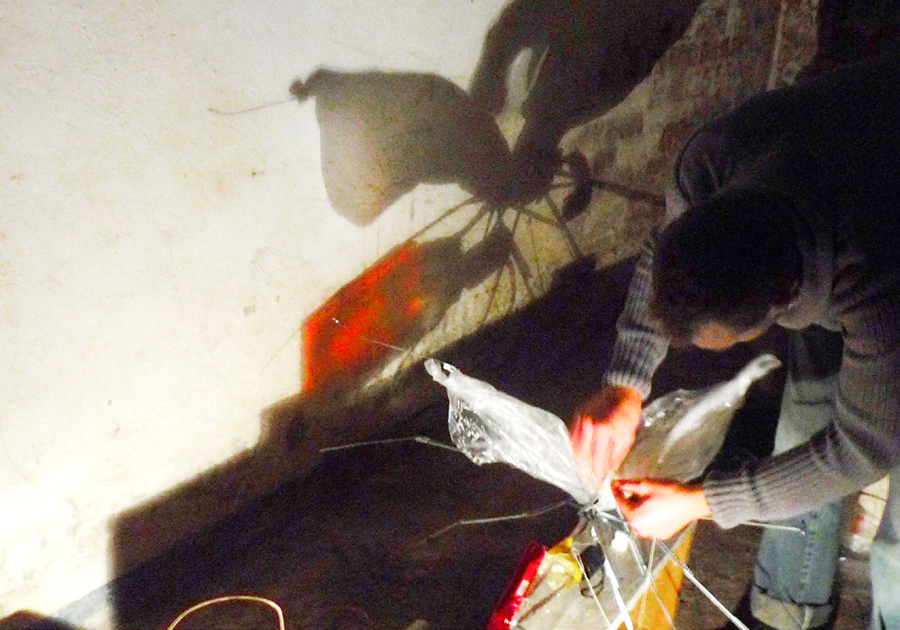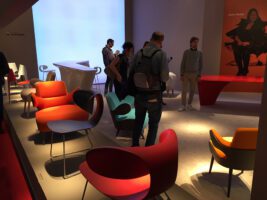The cognitive and emotional performance of the human brain is reflected in the appearance of the natural and cultural space, whose current complexity requires diverse culturally determined forms of networking. Any productive interaction between people in modern societies therefore requires a wide range of verbal and non-verbal communication skills and abilities.
Teaching communication skills and abilities requires us to engage with the world in which we live. Humans are born with sight, but as soon as we want to perceive more than a diffuse field of color and light, we have to actively explore the world of appearances with all our senses. Phenomena reveal the laws of nature, cultural spaces and artifacts reveal conventions of action and scope for design, insofar as we have learned to reflect these in our perceptions, ideas, thoughts and deeds.
In order to be able to attach meaning and significance to the cultural spaces, artifacts and natural events of the manifest world, we must actively engage with the ideas, needs and demands of past and present generations. Insofar as this vivid educational process is characterized by curiosity, pleasure and interest, the ideas discovered, researched and documented in many different forms by many generations become firmly anchored in the memory and provide the impetus for responsible further development and creative transformation of society.
This leads to the demand that people’s participation in modern societies must not only take place through the word, but also through the holistic education of visual perception, imagination and representation skills. On the question of “how”, I will present a proposal that has been successfully tested in practice, according to which the teaching of artistic-creative and communicative-reflective abilities and skills, such as image or media competence, can be analogous to verbal language competence.
Lecture series “Art education positions”
Institute for Art and Art Theory
Faculty of Human Sciences
University of Cologne



